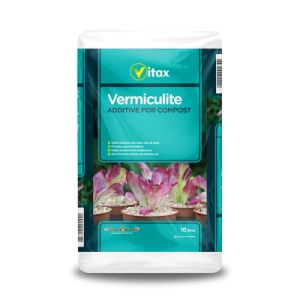Types of herbs to try
Herbs are easy to grow. Most of them will thrive on a sunny kitchen windowsill in small pots, or outside in an herb trough, veg patch or in pots in a sunny sheltered position.
Woody perennial herbs like thyme, sage, marjoram, oregano, lavender, mint, and rosemary will be happier growing outside and will provide delicious flavouring for your cooking for years to come.
But first, a note on two of those woody herbs! Rosemary is an evergreen herb and will grow quite large given the right conditions, so ensure you make room for it or be prepared to cut it back to keep it in check. It will thrive in a sunny south-facing position in well-draining soil.
1. Rosemary will produce beautiful small purple flowers every year providing you with an attractive addition to beds and borders as much as a source of flavouring.
2. Mint is known as a garden ‘thug’. This is because it spreads – very easily! It will put down thick creeping rhizome roots and is extremely vigorous. So do take care if you plant mint in the ground – it will take over.
You can mitigate its spread if planting outdoors by sinking a potted plant into the ground in its pot. This will retain the roots – to a certain extent. But any holes in the pot will allow roots to creep out, so spreading is still a risk.
The best way to grow mint and control it, is in a pot, completely out of beds and borders. Mint will also flower in summer, producing hundreds of attractive tiny flowers, so again like rosemary, it is an attractive patio plant as well as a delicious herb.
Most other annual leafy herbs will happily grow outside in the summer but will die back in winter. These include parsley, basil, chives, tarragon, and coriander (cilantro).
Easily grow from seed
You can buy herb seeds from garden centres and some supermarkets relatively cheaply. Follow the following steps for successful sowing:
• Sow directly into small pots containing seed compost.
• Sow about 6 seeds per 5-inch pot directly onto well-watered, damp compost.
• Cover the seeds with a thin layer of perlite or vermiculite.
• Place them in a warm, light space but at this stage, keep the pots away from harsh direct sunlight.
• Water carefully when the compost starts to dry out.
Your seedlings will start to appear in about ten days. Once the third leaf appears, you can separate them into individual pots to grow on.
You can do this by scooping each seedling out of its nursery pot carefully using a teaspoon – transferring them into their own 5 inch pot – ensuring you don’t chop through delicate new roots.
They are now ready to grow for you on a sunny windowsill or other light and warm spot.
If you want to plant them outdoors, you will need to gradually acclimatise them, moving them to a sunny spot during the day and then back in for the night – until all risk of frost and low nighttime temperatures have gone.
Ongoing care
Once you have established strong young plants (in about 6-8 weeks), you can start to use a specialist feed. At this point, your young plants will have exhausted most of the nutrition from the seed compost and will need additional micronutrients to continue healthy growth.
Vitax Herb Feed is ideal as an ongoing herb feed – whether your herbs are inside or out in your garden.
Your herbs will be ready to harvest as soon as they are in multiple leaf. For some herbs like coriander, this may only be a few days, although others may need a few weeks.
You can help extend the life of your herb plants by pinching out new leaves to encourage thicker growth.
Use your herbs fresh in cooking or dry them by hanging them upside down. You could also try popping them in the oven on a low temperature to dry out or consider freezing them on baking paper and then storing them in snap lock bags.
Whether you grow them inside, in your garden, or a mix of both, let us know how you get on. Send pictures in to marketing@agrigem.co.uk – we’d love to see your successes!







